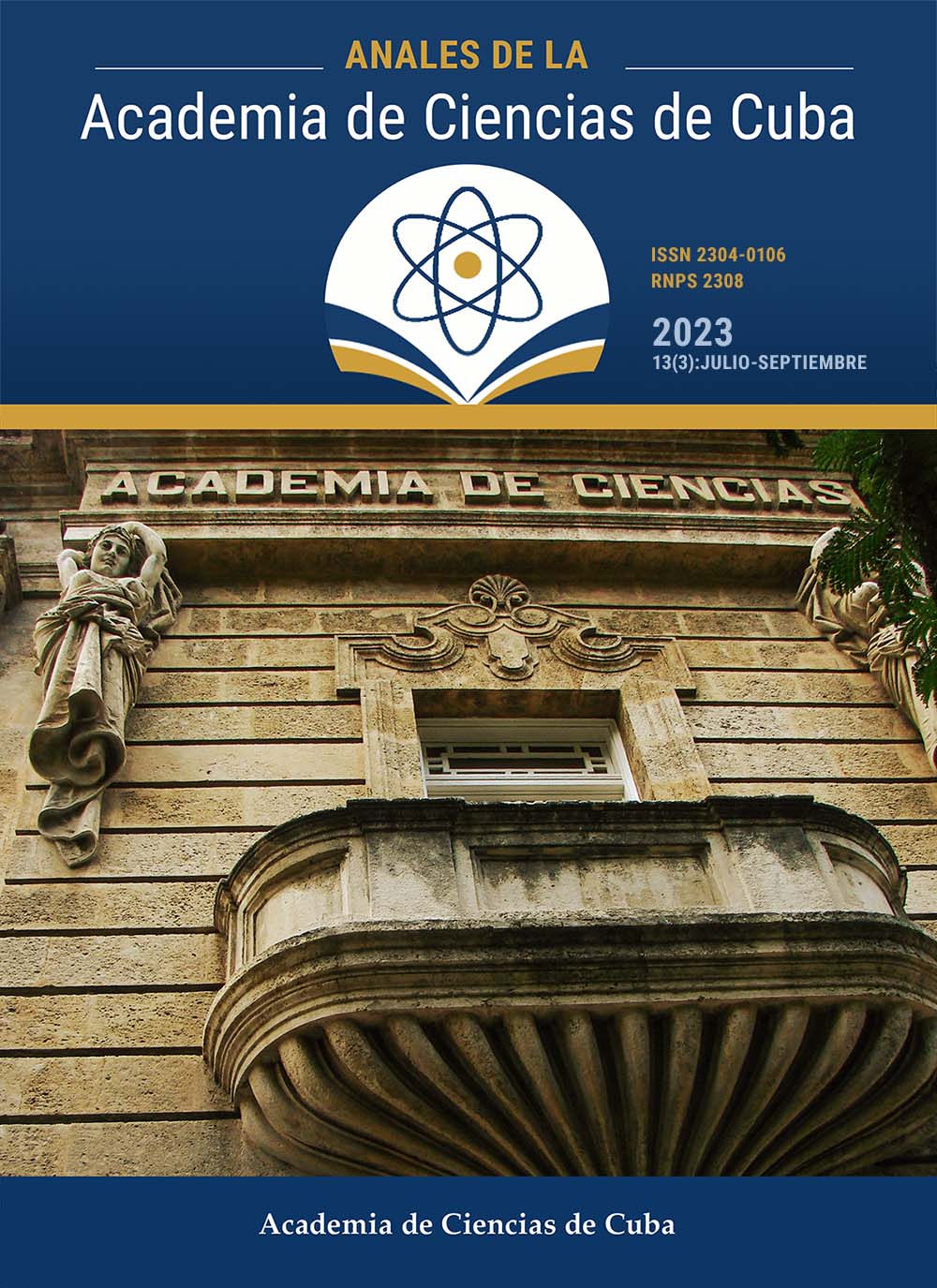Youth Social Imaginaries about Violence against Women
Keywords:
social imaginaries, youth, gender, violence against womenAbstract
Introduction: The objective of the research was to characterize the prevailing social imaginaries about violence against women in youth groups and their differences by gender in order to work on the prevention of practices and transformation of subjectivities.
Methods: The project was structured in two stages with a quantitative-qualitative methodological strategy. In the first, a diagnosis was made through a self-administered questionnaire and documentary review on youth, gender, and communication, with emphasis on those associated with violence against women. The second was aimed at deepening through focus groups and individual interviews with young people and specialists on the subject.
Results and discussion: It was shown prevalence of stereotypes and prejudices in gender roles that reproduce patriarchal power relations and make existing forms of violence invisible. A majority consensus was found by sex/gender, age groups and skin color about what it is to be a man or a woman in Cuba today, although with differences in the notions about both, more homogeneous in the case of being a man, while being a woman, the image was more heterogeneous and three archetypal imageries were identified. Various expressions of violence against women were recognized in the public, private and media spheres, and although there was a general rejection of these behaviors and a certain positive predisposition to confront them, an active stance to act against them did not predominate. As some conclusions the role of communication for the prevention of violence is recognized; different ways, means and actors were identified and dissimilar proposals were made.Downloads
Published
How to Cite
Issue
Section
License
The journal Anales de la Academia de Ciencias de Cuba protects copyright, and operates with a Creative Commons License 4.0 (Creative Commons Attribution-NonCommercial License 4.0). By publishing in it, authors allow themselves to copy, reproduce, distribute, publicly communicate their work and generate derivative works, as long as the original author is cited and acknowledged. They do not allow, however, the use of the original work for commercial or lucrative purposes.
The authors authorize the publication of their writings, retaining the authorship rights, and assigning and transferring to the magazine all the rights protected by the intellectual property laws that govern in Cuba, which imply editing to disseminate the work.
Authors may establish additional agreements for the non-exclusive distribution of the version of the work published in the journal (for example, placing it in an institutional repository or publishing it in a book), with recognition of having been first published in this journal.
To learn more, see https://creativecommons.org






